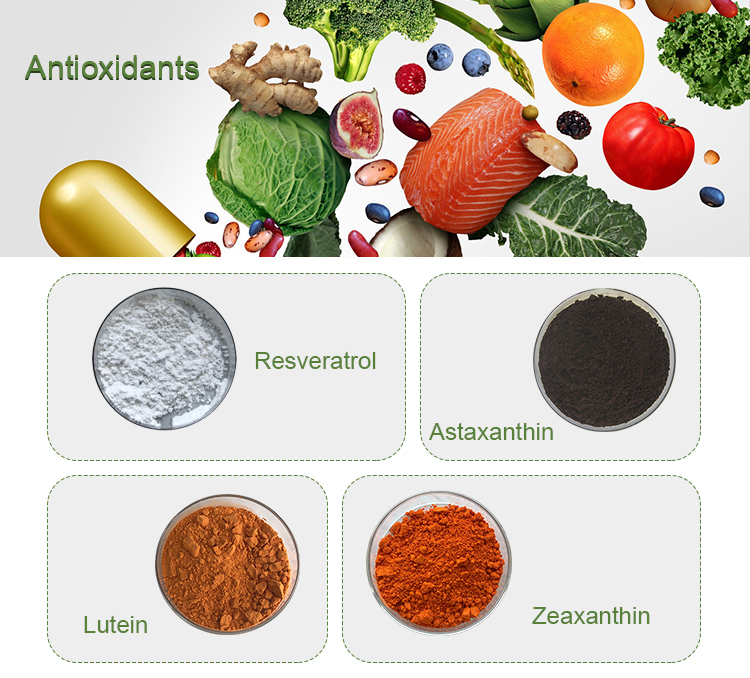Resveratrol is a natural polyphenol compound found in various plants, including grapes, red wine, and some berries. It has gained attention for its potential health benefits, including antioxidant and anti-inflammatory properties. If you are planning to conduct research or experiments involving resveratrol, you will need to outline your materials and methods. Here’s a general guideline for the materials and methods section:

Materials of Resveratrol:
Resveratrol: You will need a source of resveratrol, which can be purchased as a pure compound or extracted from natural sources like grape skins or Japanese knotweed.
Solvents: Common solvents for resveratrol include ethanol, methanol, or dimethyl sulfoxide (DMSO) for dissolving the compound.
Cell Lines or Animals (if applicable): If you are conducting in vitro or in vivo experiments, you’ll need the appropriate cell lines or animal models for your study.
Culture Media (if applicable): If you’re working with cell lines, you’ll need cell culture media, such as DMEM or RPMI, and supplements like FBS (fetal bovine serum).
Reagents and Chemicals: Depending on your specific experiment, you may require various chemicals and reagents, such as buffers, staining reagents, and assay kits.
Laboratory Equipment: This can include pipettes, centrifuges, spectrophotometers, incubators, and other equipment specific to your experiment.
Methods of Resveratrol:
Resveratrol Preparation: Detail how you prepared the resveratrol solution. Include information on the concentration used and the solvent employed.
Cell Culture (if applicable): If you’re working with cell lines, describe how you maintained and cultured the cells. Include information about seeding density and incubation conditions.
Animal Studies (if applicable): If you are using animal models, describe how the animals were obtained, housed, and treated. Provide information on dosages and administration methods.
Experimental Design: Outline the experimental setup, including the number of replicates, controls, and any treatment groups. Explain the rationale for your design.
Assays and Measurements: Describe the specific assays or measurements you performed to assess the effects of resveratrol. This might include cell viability assays, gene expression analysis, or biochemical assays.
Data Analysis: Explain how you processed and analyzed the data obtained from your experiments. Include statistical methods used to evaluate the significance of your results.

Ethical Considerations (if applicable): If your research involves human subjects or animals, provide details about the ethical approvals and informed consent procedures.
Safety Precautions: Mention any safety precautions taken when handling resveratrol or other chemicals. Follow laboratory safety protocols and guidelines.
References: Cite relevant literature and previous studies that informed your research methodology.
It’s essential to adapt the materials and methods section to the specific goals of your research and the experimental techniques you plan to use. Additionally, it’s crucial to ensure that your research complies with all relevant ethical and safety guidelines.
